Key Takeaways
- Investor activity in Nashville’s industrial market is surging, fueled by a 13% annual rent increase, robust tenant demand, and record-setting Q1 sales—a sign of outsized confidence and competition.
- A development pipeline of 4.1 million square feet could tip the market toward oversupply, putting pressure on vacancy rates and exposing vulnerabilities for landlords and tenants.
- Tenants are feeling the squeeze from escalating rents and shrinking options, especially in prime logistics corridors like I-65 and the tightening Wedgewood-Houston area.
Investment Rush Raises Stakes in Music City’s Industrial Sector
Nashville’s industrial real estate market is on fire—Broadway’s shadows flicker as lease rates rocket, vacancy climbs, and new supply barrels toward a dangerous tipping point.
As I-65’s logistics arteries thrum and Wedgewood-Houston tightens, staying alert might save fortunes; more warning signs are just below the surface.
A 4.1 million square foot construction surge threatens oversaturation, and tenants caught by rising rents face fierce competition.
Market Pressures Mount Amid Soaring Rents and Supply Surge
How long can investors ignore the rising storm brewing in Nashville’s industrial real estate market, especially with Broadway’s neon glow overshadowed by mounting economic pressure?
Rents are surging across Davidson County—average direct asking rates have jumped to $9.81 per square foot, triple net, with a chilling 13.1% year-over-year climb.
Demand for premium spaces is fueling this relentless rise, but so are rising construction costs and intensifying supply chain constraints.
How much longer can leaseholders withstand these increases before the balance tips?
Year-over-year rental growth remains in double digits, even as the vacancy rate ticks perilously higher, most recently reaching 6.2%.
For three tumultuous quarters, new leases outnumber renewals, and lease sizes creep up 6.7%—a clear sign that larger occupiers, many with sprawling supply chain operations, are staking their claims in Music City.
Facilities in trendy districts, from The Gulch to SoBro, command especially fierce bidding as e-commerce and manufacturing tenants alter the market’s pulse.
Landlords, sensing shifting ground, begin wielding tenant incentives—rent abatement, flexible terms—to keep occupancy above water just as a year-end supply tsunami threatens.
What happens if the promised absorption fails to swallow the 15 million-plus square feet coming online soon?
Absorption rates, for now, keep pace, but four times the new inventory shifted swiftly in early 2025—a temporary solace.
Vacancy, which held post-pandemic at a staggering 97% occupancy, now faces a stark reversal, shadowed by the looming threat of a construction pipeline pumping 4.1 million square feet into the veins of this market.
Speculative developments arise, especially spaces with coveted 32’+ clear heights, meeting the desperate modernization demands of today’s supply chain behemoths.
But with so much new product arriving fast, even assets in prime areas like Wedgewood-Houston may face the once unthinkable—competition eating into occupancy rates.
Net absorption is outpacing inventory growth, helping to keep market conditions tight and bolster confidence among landlords and investors alike.
Key Takeaways
Investor interest, ravenous as downtown after hours, persists—even intensifies.
Q1 saw near-record industrial investment sales, large portfolio transactions dominating the headlines, driven by fierce bidding over well-located logistics properties within reach of I-65.
Nashville’s expanding airport and highway upgrades only amplify the city’s reputation as a strategic logistics powerhouse, enticing capital flows from across the nation.
Population and workforce growth, both eclipsing national rates, embolden the market for now, but the specter of oversupply is a gathering threat.
Tenant incentives become the new bargaining chips as landlords fight to stave off empty square footage.
Underlying it all stands the hard fact: supply chain resilience and industrial modernization are non-negotiable for many tenants, driving sustained demand, yet also sowing the seeds for volatility should macroeconomic winds shift or absorption falter.
Staring down 2025, investors must reckon with the impending influx of new supply, risk-laden vacancy fluctuations, and the reality that failure to act—or refusal to adapt—may yield costly consequences against the ominous skyline of Nashville’s turning industrial tide.
Assessment
What This Means for Investors and Developers
The pace of Nashville’s industrial surge is jaw-dropping, with rents reaching all-time highs even as new properties spring up from The Gulch to River North.
Vacancies are stubbornly low, which keeps the competition tight, though there’s risk that an unchecked wave of new supply could tip the balance at the city’s edge.
If you’re a developer or investor, now’s not the time to sit back—being proactive and strategic is key to securing a slice of this booming market.
Don’t miss the chance to shape your real estate portfolio for the long term; act swiftly, before the window of opportunity slips through your fingers as the city’s industrial landscape evolves.























